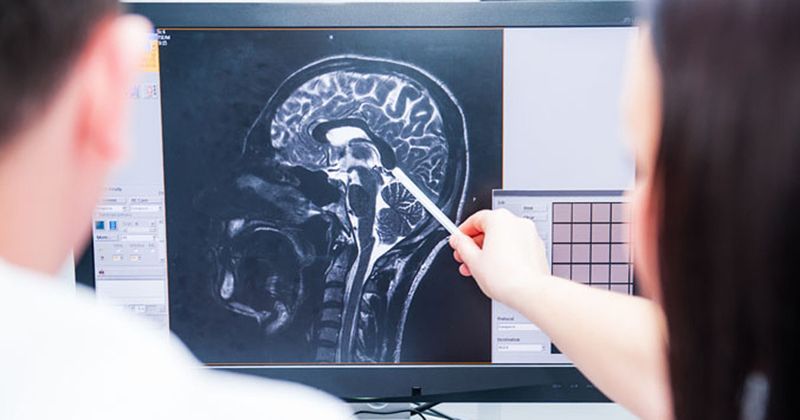Advances in MRI, PET imaging crucial to improve diagnosis, prognosis of MS
SAN DIEGO — Advances in the ability to measure chronic, active inflammation in MS using MRI and positron emission tomography may improve disease diagnosis and prognosis, according to research presented at ACTRIMS 2023.
“Postmortem histopathological studies have directed imaging studies with regard to where to look for chronic inflammation,” Susan A. Gauthier, DO, MPH, associate professor of clinical neurology at Weill Cornell Medicine in New York, told attendees.

In a review of the technical challenges and validation studies for imaging methods to assess CNS inflammation in MS, Gauthier noted that iron is key to using MRI when measuring chronic, active lesions. Gradient echo sequence (GRE) is the most effective in detecting magnetic field and therefore is used to identify paramagnetic rim lesions (PRL), she said.
By using phase or quantitative susceptibility mapping (QSM) approaches to GRE, studies have confirmed that PRLs are specific to MS pathology and correlate with multiple signs of disease. Gauthier noted a study in which QSM was utilized to quantify changes in PRLs and showed that individuals treated with dimethyl fumarate experienced a 2.8 unit decrease in susceptibility to rim lesions compared with those treated with glatiramer acetate.
PET imaging ligands that bind the 18kDa translocator protein (TSPO) have detected increased immune activity within several regions in the brain of MS patients, Gauthier explained. She referenced two studies in which TSPO PET was used to track chronic lesions after a 6-month course of natalizumab and perilesional tissue after 1 year of natalizumab, in which the scans highlighted a reduction in both.
According to Gauthier, next steps in lesion imaging include expanding PRL biomarker development as a diagnostic and increasing multicenter TSPO PET studies. She also noted the importance of combining GRE imaging and TSPO to provide comprehensive evaluation of CNS inflammation.
“We need to have some more multicentric collaborations to expand our TSPO PET studies,” Gauthier said. “We need to start to combine our data.”

